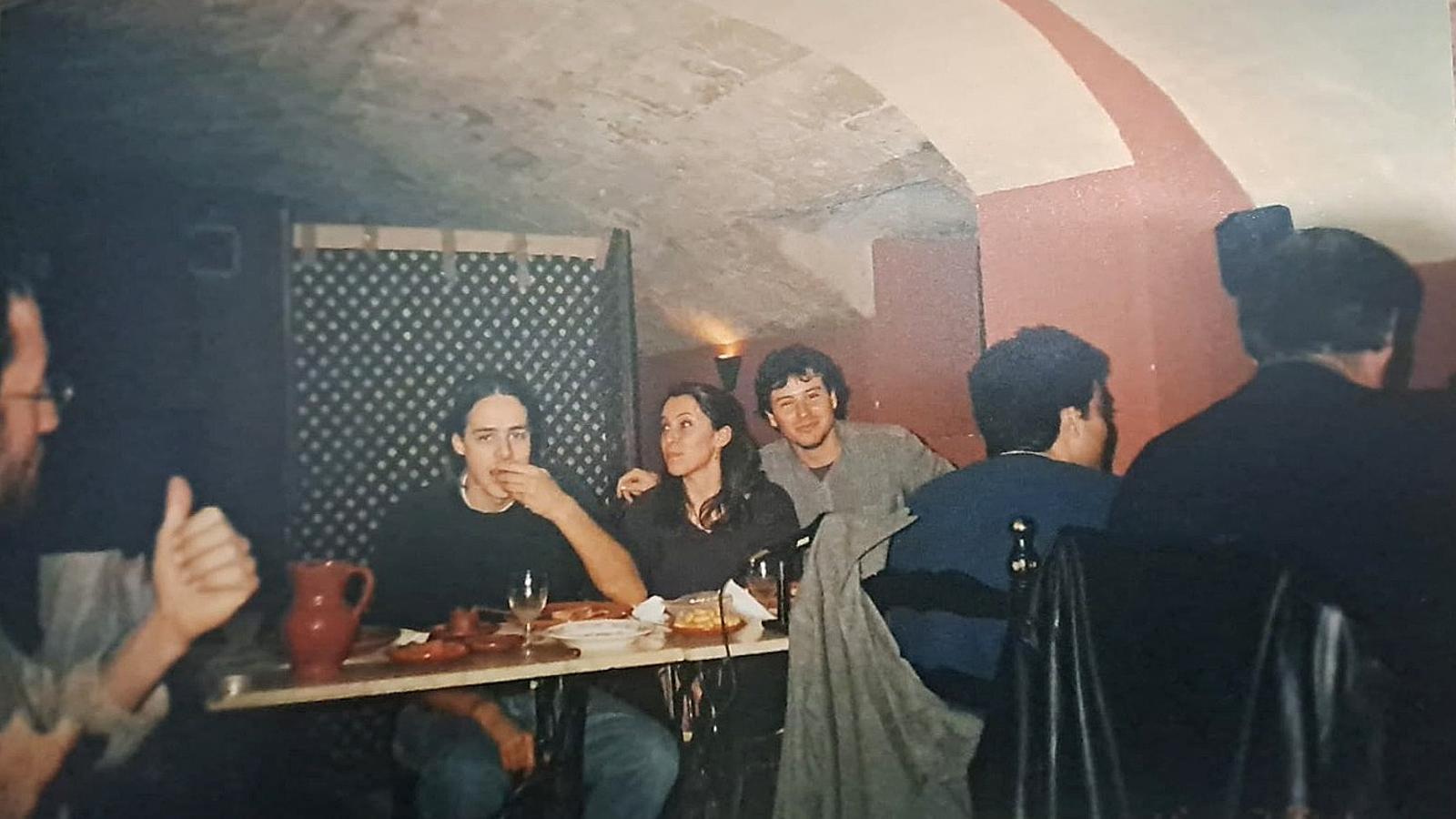Es Pinzell, memory of a legendary bar for young Catalan nationalists of the 2000s
The Palma establishment marked almost a generation of people who lived in bars as a way of socializing.


PalmThere are still many who fondly remember Pep Capell behind the bar at Es Pinzell. This legendary bar for Catalan youth in the 2000s marked almost a generation of people who lived in bars as a way to socialize and meet people, rather than as a place to go drinking, which was also the case.
The organization Jóvenes de Mallorca por la Lengua (Young People of Mallorca for the Language) had been founded just a few years earlier, a time of effervescence in which many young people became politicized through Catalanism and the independence movement. This, coupled with the fact that the old town of Ciutat de Mallorca was, at that time, one of the busiest leisure areas—along with La Lonja and Gomila—made Es Pinzell one of the leading alternative bars for young people.
Felanitx resident Marc Ordines ran the bar for almost two years, after Pep Lladó, then known as Pep Capell, transferred the establishment to a group of people from the Balearic Cultural Work (OBA), who saw the move as an opportunity to have a space linked to the world of culture and Catalan nationalism. Ordines recalls how he would prepare dozens of pots of pomada, which were served in jugs and became the establishment's star product, especially from Thursday to Saturday. "A lot of people would come to that area, make a bread with oil or a hamburger, and then make the first two drinks. Afterwards, they would head to the Lonja or Gomila," Ordines explains.
Those early evenings were particularly lively, especially Thursdays and Fridays, when students from the Part Forana neighborhood, who at the time could still afford to live in Palma, would go out and party before returning home for the weekend. From Es Pinzell, couples, friendships, and initiatives emerged that are still remembered today. "It wasn't like it is now, where people met on Tinder or met up with their friends on WhatsApp. Before, you had to go out to meet people: they came here and always found someone to spend an evening with," he adds.
Bread with olive oil
The arrival of the first signs of gentrification is also present in the story. Ordines recalls how foreign couples began appearing in the area, already starting to smoke to buy homes, which bothered a significant portion of the bar's audience. "When I was running Es Pinzell, the local police went from occasionally coming to tell us to make a bonda or turn down the music, to coming directly to issue fines, with no room for negotiation. Everything was starting to change here. We didn't talk about gentrification, but that's exactly what was starting to happen."
After Ordines, the bar remained in the hands of another group of people, including Borja. Already at that time, Es Pinzell was struggling. The atmosphere of the late 1990s and early 2000s was gone. The bar chose to focus primarily on bread and olive oil and a few drinks, especially on special occasions. Finally, the crisis, the decline of nightlife, and the gentrification of the city ultimately led to the closure of another historic establishment that had been much more than a bar: a space for meeting, identity, and community.
The bar responds
What music used to play?
— Opening Pas, Antònia Font and Els Pets.
What drink was most requested by customers?
— Ointment.
What would you say was the brand of the bar?
— Being a bar with people and protest music.
Any anecdotes that make you laugh when you remember them?
— I had to go back to the bar because there were two people in the bathroom having sex, and when it closed, they were left inside.
